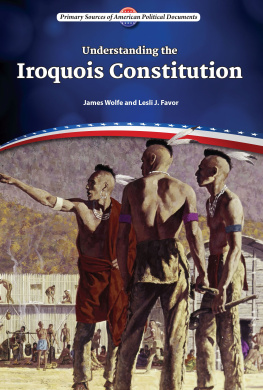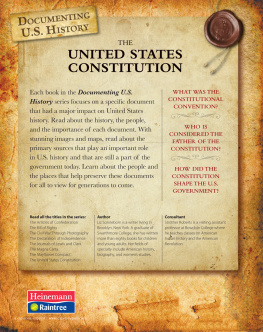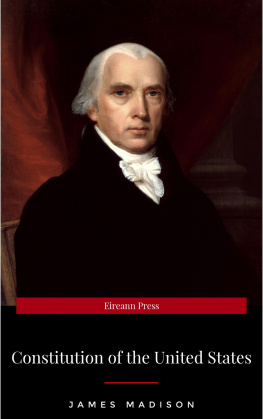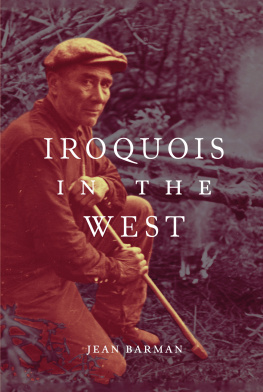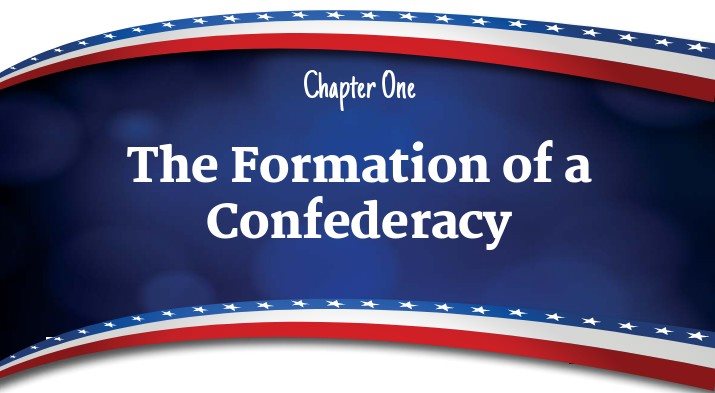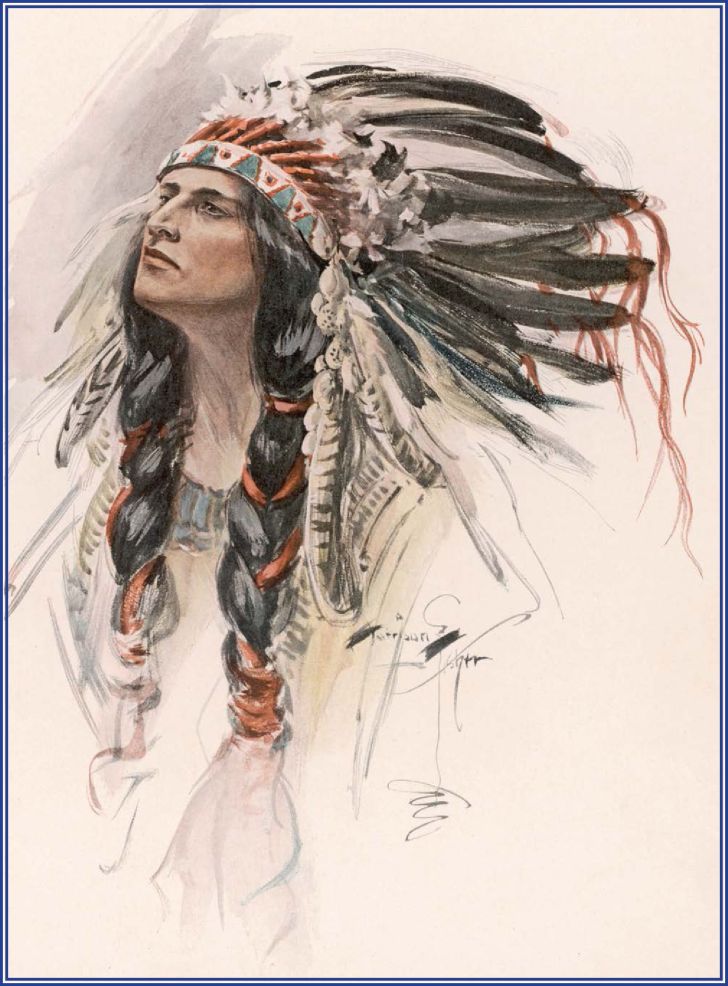Published in 2016 by Enslow Publishing, LLC.
101 W. 23rd Street, Suite 240, New York, NY 10011
Copyright 2016 by Enslow Publishing, LLC.
All rights reserved.
No part of this book may be reproduced by any means without the written permission of the publisher.
Library of Congress Cataloging-in-Publication Data
Wolfe, James, 1960- author.
Understanding the Iroquois constitution / James Wolfe and Lesli J. Favor.
pages cm. (Primary sources of american political documents)
Includes bibliographical references and index.
Summary: Discusses the creation and execution of the Iroquois ConstitutionProvided by publisher.
ISBN 978-0-7660-6878-0
1. Six Nations. Great Law of PeaceJuvenile literature. 2. Iroquois IndiansLegal status, laws, etc.Juvenile literature 3. Iroquois IndiansPolitics and governmentJuvenile literature. I.
Favor, Lesli J., author. II. Title.
KIF80.W65 2015 974.70049755dc23
2015008043
Printed in the United States of America
To Our Readers: We have done our best to make sure all Web site addresses in this book were active and appropriate when we went to press. However, the author and the publisher have no control over and assume no liability for the material available on those Web sites or on any Web sites they may link to. Any comments or suggestions can be sent by e-mail to .
Photo Credits: Allies Interactive/Shutterstock.com (title page, front matter, back matter, and chapter openers); Augusto Cabral/Shutterstock.com (primary source corner dingbat); Culver Pictures Inc./ Culver Pictures, Inc./SuperStock, p. 23; DEA/M. Seemuller/De Agostini Picture Library/Getty Images, p. 31; Historic Map Works LLC/Getty Images, p. 33; Jessie Parker/First Light/age fotostock, p. 78; Library of Congress Prints and Photographs Division, pp. 26, 61, 63, 72; Marilyn Angel Wynn/Nativestock/Getty Images, pp. 10, 29; Martin Child/Digital Vision/Getty Images, p. 52; Marzolino/Shutterstock.com, p. 69; MPI/Archive Photos/Getty Images, p. 5; Newberry Library/NewberryLibrary/SuperStock, p. 43; Pantheon/Pantheon/SuperStock, p. 7; Photri Images/ Superstock/Getty Images, p. 49; Photos.com/Thinkstock, p. 15; Science and Society/Science and Society/SuperStock, pp. 16, 59; SF Photo/Shutterstock.com, p. 9; SuperStock/Getty Images, p. 57; SuperStock/SuperStock, pp. 1, 21, 70; Tony Moran/Shutterstock.com, p. 13; World History Archive/ World History Archive/SuperStock, p. 46.
Cover Credits: SuperStock/SuperStock (Iroquois); Allies Interactive/Shutterstock.com (title splash); Augusto Cabral/Shutterstock.com (logo and spine button).
I am Deganawida and with the Five Nations Confederate Lords I plant the Tree of Great Peace. I plant it in your territory, Tadadaho, and the Onondaga Nation, in the territory of you who are Fire Keepers...
Roots have spread out from the Tree of the Great Peace, one to the north, one to the east, one to the south, and one to the west. The name of these roots is The Great White Roots and their nature is Peace and Strength... We place at the top of the Tree of the Long Leaves an Eagle who is able to see afar. If he sees in the distance any evil approaching or any danger threatening he will at once warn the people of the Confederacy .
From the Iroquois Constitution
S ometime in the late sixteenth century, five Native American tribes living in upstate New York banded together to form a confederacy. The nations that took part were the Mohawk, the Oneida, the Onondaga, the Cayuga, and the Seneca. Together they were known as the Iroquois. The Iroquois Confederacy, or Five Nations Confederacy, was formed in the pursuit of peace, and also to protect the participating tribes against invasion by European interests and other Native American nations.
This map from 1723 shows the land of the Five Nations, or Iroquois. Their territory lies in what is now the state of New York and Canada, in the area around the Great Lakes.
Conditions Prior to the Confederacy
Before they agreed to form an alliance, terrible warfare existed among the tribes. They clashed over the rights to hunting grounds and fishing areas, and blood feuds grew around acts of revenge and retaliation. The warriors code of honor required that every attack and killing be avenged. A warrior who did not honor this code was deemed a coward, and those who did honor the code gained prestige and power through their acts. The wars and feuds extended north into the territory of Algonquian-speaking tribes in Canada and east to tribes such as the Mahicans along the Hudson River.
Even at home, safety was not guaranteed. Villages of the same nation dispatched assassins and war parties against one another, and bloody feuds played out for years. Sometimes neighbor fought against neighbor within a village. People stayed inside at night because it was not safe to walk about in darkness. The warfare seemed unstoppable. Violent bloodshed was so commonplace that the Iroquois said, The sun must love war"
Onondaga chief Hiawatha led the formation of the Iroquois Confederacy, along with Deganawida.
But two Iroquois chiefs, D eganawida (also known as Dekanawidah and Tekanawita) and Hiawatha, brought a historic change to the five Iroquois nations. Under their leadership, the Iroquois united to form the Five Nations Confederacy. With this, warfare among the Iroquois ended permanently. In 1722 the confederacy adopted a sixth nation, their descendants the Tuscaroras, with whom they shared a common language and culture. The Tuscaroras had lived in territories in the states of North Carolina and Virginia. After the Tuscarora War of 1711 to 1713, they were driven out of the area by English settlers. Most fled north in small groups, eventually gathering in the land of their ancestors, the Iroquois. The Confederacy was thereafter known as the Six Nations Confederacy.
Iroquois Culture
When Deganawida and Hiawatha rose to distinction among the Iroquois, the five nations were living as they had for centuries. The name the Iroquois called themselvesHaudenosaunee, or People of the Long Housesets them apart as those who lived in long, bark-covered structures called extended houses, or long houses. A typical long house was about 18 feet (5.5 meters) wide, 18 feet high, and 60 feet (18 meters) long. Some of the largest long houses were around 60 feet (18 meters) wide and over 100 yards (91 meters) long. Holes in the roof let out smoke from cooking fires and let in light. More light poured in through the high doors at each end of the long house. Inside, anywhere from five to twenty related families lived in rooms around the outside walls. They used the space in the center for gatherings and meetings. They constructed their long houses in clusters near sources of water. For protection against attack, they surrounded the village with a sturdy stockade. For added protection, some villages dug a moat, a deep trench filled with water, around the outside of the stockade.

